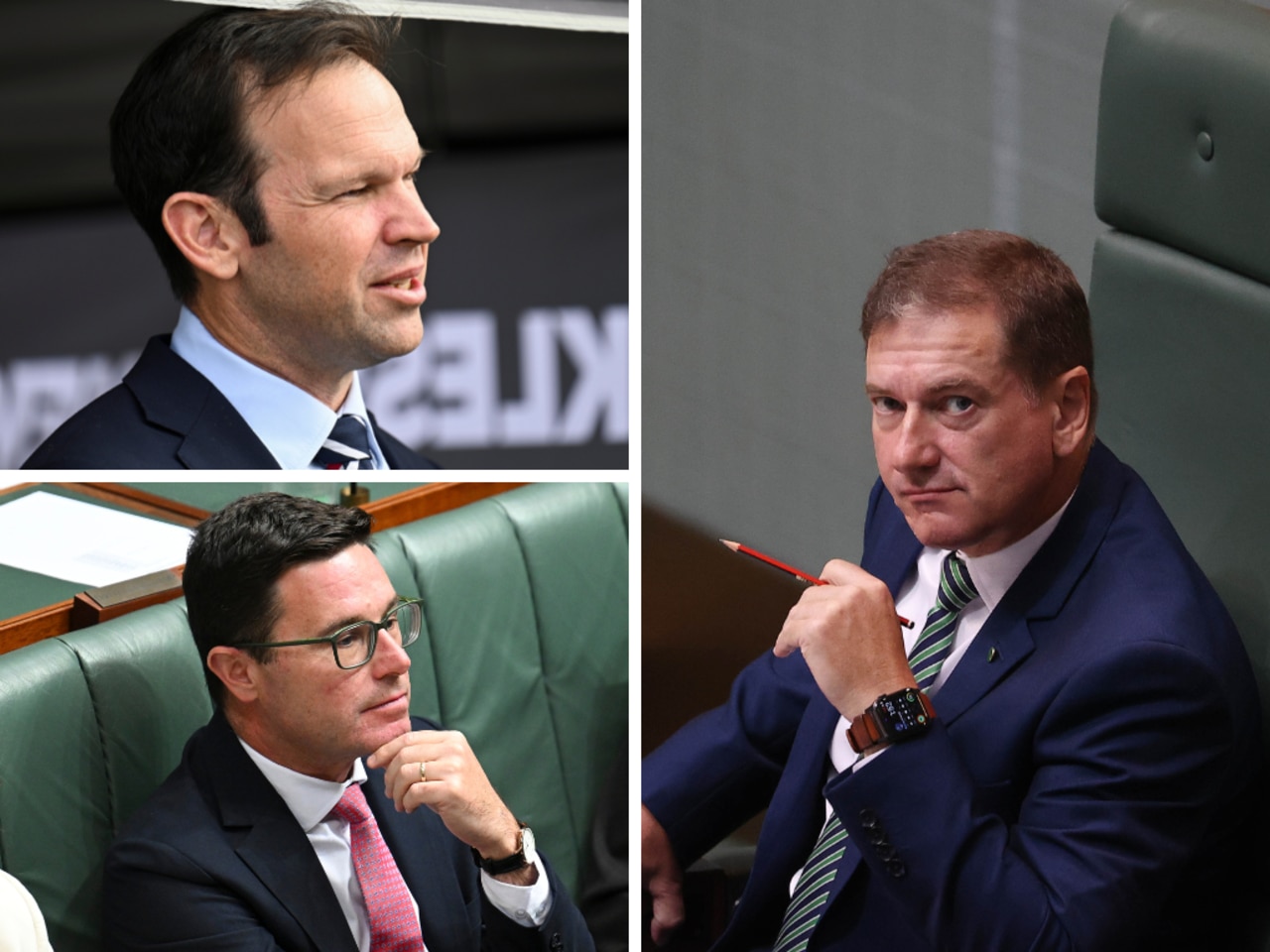U-turn on Sydney’s Powerhouse Museum a win for common sense
The decision not to shut Sydney’s Powerhouse Museum is a victory for the preservation of Australia’s history.

And although no promises have been made, so too is the state government’s announcement that it will examine if the funds that were to be spent on relocating the museum’s priceless artefacts can be used to renovate the Powerhouse’s current premises in Ultimo.
An important feature of Sydney’s landscape since 1893, the museum houses one of the world’s finest collections of materials relevant to the applied arts and sciences in an outstanding building that was designed to meet the collection’s exacting needs.
From its unique Steam Room, which hosts a 1785 Boulton and Watt steam engine that is powered by steam generated in a boiler in the museum’s basement, to the Catalina Flying Boat that remains the largest and heaviest plane to be hung for display in any museum in the world, the Powerhouse can rightly claim to be one of the world’s leading museums of its kind. The decision to move that collection to Parramatta in Sydney’s west was never based on proper analysis.
At no point was the goal being pursued coherently set out; the cost-benefit analysis was riddled with errors; and the successive plans were entirely inconsistent with the promises being made.
The only certainties were that costs were consistently underestimated and likely patronage overstated. Far from preserving the collection’s integrity, the transfer would have compromised it, perhaps fatally.
All those who care about Australia’s cultural heritage can therefore breathe a sigh of relief.
But more needs to be done. If the Powerhouse is to fulfil its potential, it must have substantially better governance than it has had in recent years. And the museum desperately needs funding to renew the display spaces and to strengthen its education and outreach capabilities.
The costs involved are trivial: at most, $150m over three to five years. But the benefits would be enormous.
After all, every Australian government agrees on the importance of promoting education in science, technology, engineering and mathematics.
There are few better ways of doing that than to dazzle young people with the scientific and technological achievements of the past and with the endless promise of the future.




The decision not to shut Sydney’s Powerhouse Museum is a victory for common sense and for the preservation of Australia’s history.